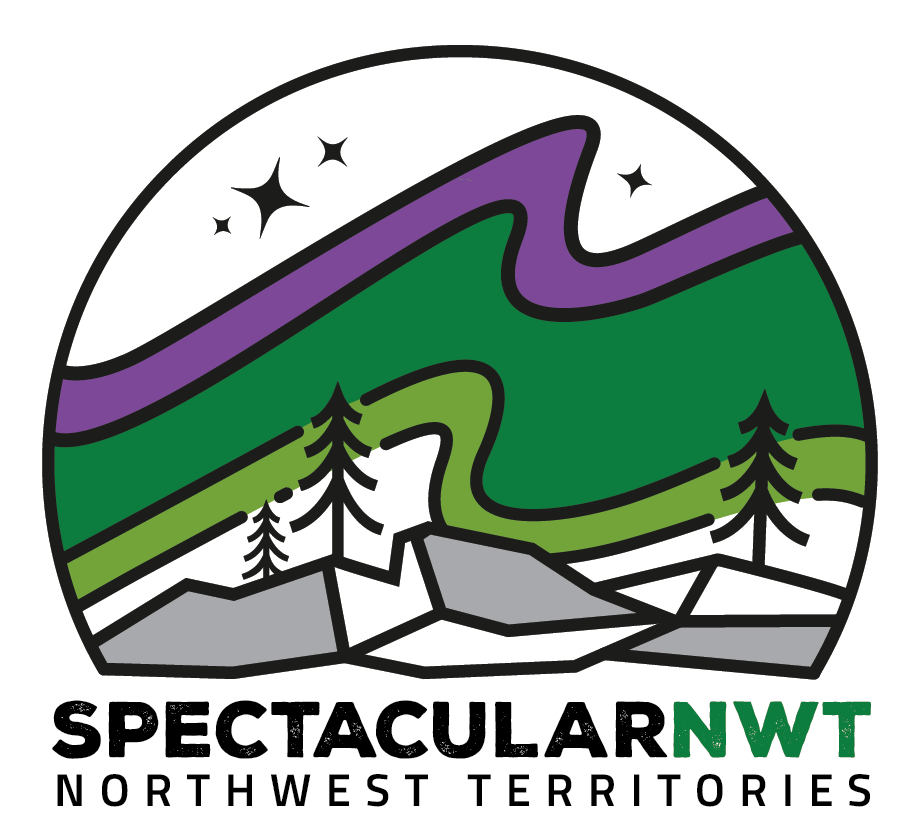Many consider the 540-kilometre-long (335 miles) South Nahanni River to be the most hallowed Alpine wilderness river in Canada. It washes through the Dehcho and Sahtu regions, from Mount Christie to the Liard River, through to its namesake, the Nahanni National Park Reserve. Paddlers can embark on trips which range from one to three weeks, departing from Fort Simpson or Nahanni Butte. Look out for Dall’s sheep and muskox grazing along the shorelines as you paddle along. Hiking trails guide you to expansive views and unique landscapes including sandstone hoodoos carved over eons, into eye-catching “fairy chimneys.” You will want to take a dip in the 32 C waters of the Kraus hot springs to melt away any residual stress your body carried prior to your journey. As you travel the Nahanni, known as Tehjeh Deé in Dene, expect to be humbled by the numerous canyons and rapids. Intermediate canoeists will seek the thrill of Hell’s Gate, the Rock Gardens and Lafferty’s Riffle. The thundering Virginia Falls, at 914 metres (300 feet), twice the height of Niagara Falls, are a must-see wonder along the South Nahanni River.
Location: Dehcho & Sahtu regions
Indigenous name: Tehjeh Deé
Attractions: Virginia Falls, Kraus Hot Springs, hoodoos, tufa mounds, canyons
Environment: Alpine
Length: 540 kilometres
Source: Mount Christie
Mouth: Liard River
Rating: Flatwater to Class IV
Access from: Fort Simpson, Nahanni Butte
Ready to explore the legendary lakes and renowned rivers of the NWT? Discover an adventure for every level of paddler on world-class canoeing, kayaking, and rafting adventures through these inviting and pristine waters.
Paddling in the North is a time-honoured practice. Whether it’s your first time in a kayak or you’re finally tackling your dream canoe trip, learn from the experience of countless generations with the 7 top tips for an unforgettable NWT paddling experience.











































